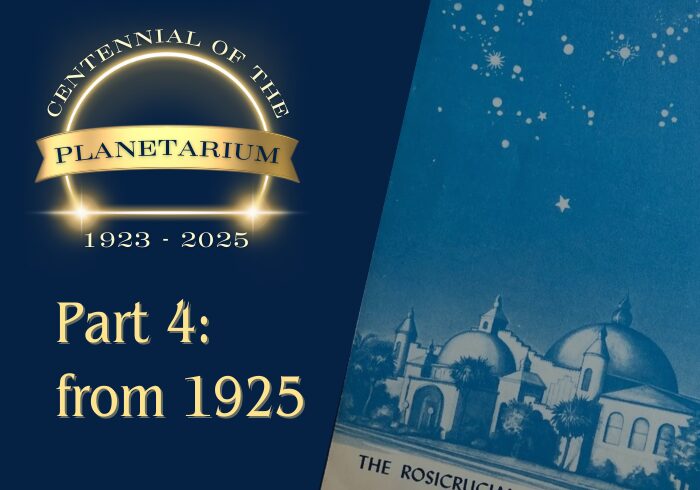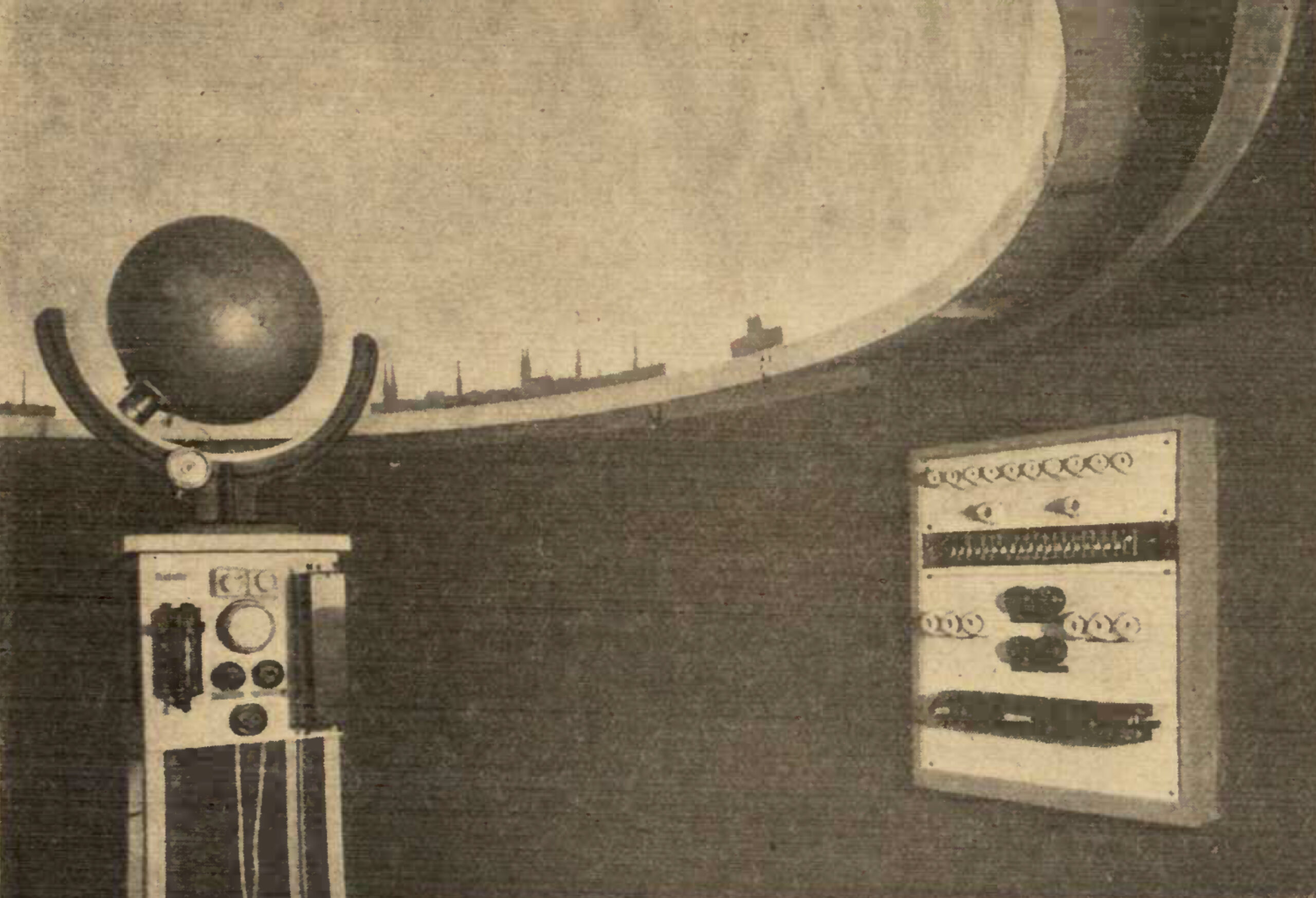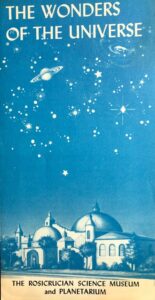SKYWARD TALES: PLANETARIUM’S STORY UNFOLDED – PART 4


Step into Chapter 4 of “Skyward Tales: Planetarium’s Story Unfolded”, where each segment illuminates a distinct era in the development of planetariums.
From their conceptual inception to the state-of-the-art digital domes of the present, this series chronicles the remarkable journey of these celestial theaters. Discover how each generation of planetariums has expanded our horizons, bringing the mysteries of the universe closer to earth.
Through this exploration, we celebrate the technological marvels and the visionary minds that have transformed these spaces into portals to the cosmos. Embark with us on a voyage through the history and innovation of planetariums.
In the fourth installment of our exploration into the evolution of planetariums, we delve into the era following the groundbreaking introduction of the first planetarium at the Deutsches Museum.
This period saw significant advancements in planetarium projector technology, shaping the future of celestial simulation and education starting from the introduction of the dumbbell shape. This design enabled the projection of the southern hemisphere of the night sky, broadening the educational scope of planetariums and enhancing the experience for audiences worldwide.


The 1930s marked a pivotal point in planetarium history, as other manufacturers began to develop their own projector technologies.
Notably, in 1931, a significant milestone was achieved with the creation of the “star chamber” in a school in Lübeck, Germany. This installation is recognized as the first school planetarium, bringing the wonders of the cosmos into the educational setting and making astronomy more accessible to students.
The innovation in planetarium projectors continued throughout the decade with the introduction of the Lewis Projector at the Rosicrucian Planetarium in San Jose, CA, in 1936, and the Korkosz Projector in Springfield, MA, in 1937.


These novel technologies further diversified the planetarium landscape, offering different approaches to celestial projection and expanding the possibilities for astronomical education.
These advancements underscore the dynamic nature of planetarium technology during this era, as various players contributed to the field, each bringing unique innovations that enriched the planetarium experience. The evolution of projectors during this period laid the groundwork for the diverse and immersive planetarium shows we enjoy today.
As we reflect on this chapter of our celestial journey, we invite you to explore the rich tapestry of planetarium history and the advancements that have brought the cosmos closer to us all.
Skypoint Planetariums is proud to sponsor the centennial celebration of planetariums. We invite everyone to visit the dedicated website created by GDP and IPS:
www.https://planetarium100.org/.
Stay tuned for our next cosmic journey in the “Skyward Tales: Planetarium’s Story Unfolded” series.
